We may earn money or products from the companies mentioned in this post. This means if you click on the link and purchase the item, I will receive a small commission at no extra cost to you ... you're just helping re-supply our family's travel fund.
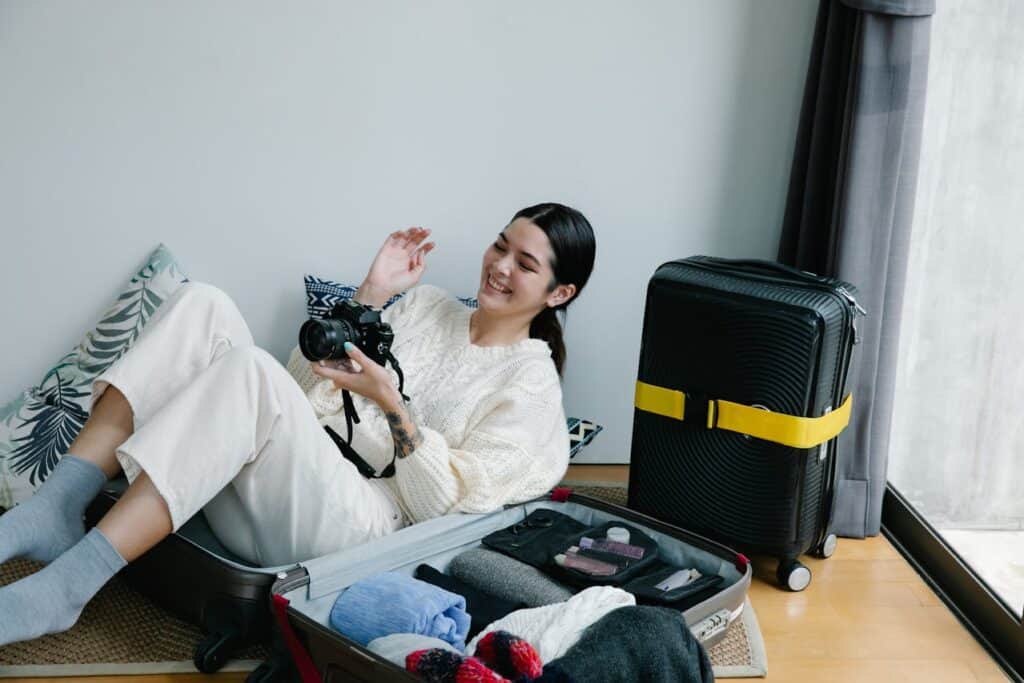
Suitcases tell stories about hopes and what-ifs. Many travelers hedge against every scenario, then carry gear that never leaves the hotel room. The urge makes sense: comfort, safety, and convenience feel priceless before departure. Once on the ground, routine wins and weight becomes the villain. The smartest packs tend to be smaller, lighter, and more flexible. Here’s the thing: most trips ask for less than expected. These are the extras that ride along and rarely earn their space.
Bulky U-Shaped Neck Pillows

The classic foam pillow hogs space, collects lint, and often underperforms against an adjustable headrest and a rolled jacket. Inflatable versions deflate mid-flight or squeak against skin, then dangle from backpacks the rest of the trip. Travelers who actually sleep on planes usually fine-tune seat position, not gear. For most, a hooded sweatshirt and a window seat outwork the mascot of airport kiosks.
Full-Size Toiletries
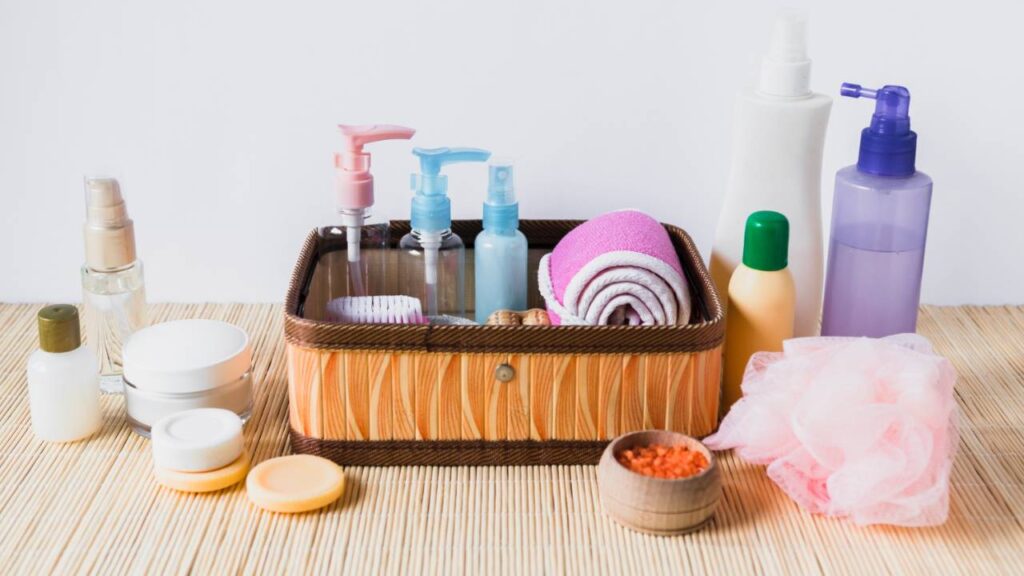
Big bottles seem thrifty until a bag gains two pounds and hotel showers offer decent basics. Drugstores sit in nearly every city, and unfamiliar brands often become new favorites. Decanting into travel bottles covers the rare must-have, while solid bars handle shampoo and soap without leaks. Most travelers return with half-used jugs and a lesson: local shelves beat luggage liters every time.
Travel Irons And Steamers
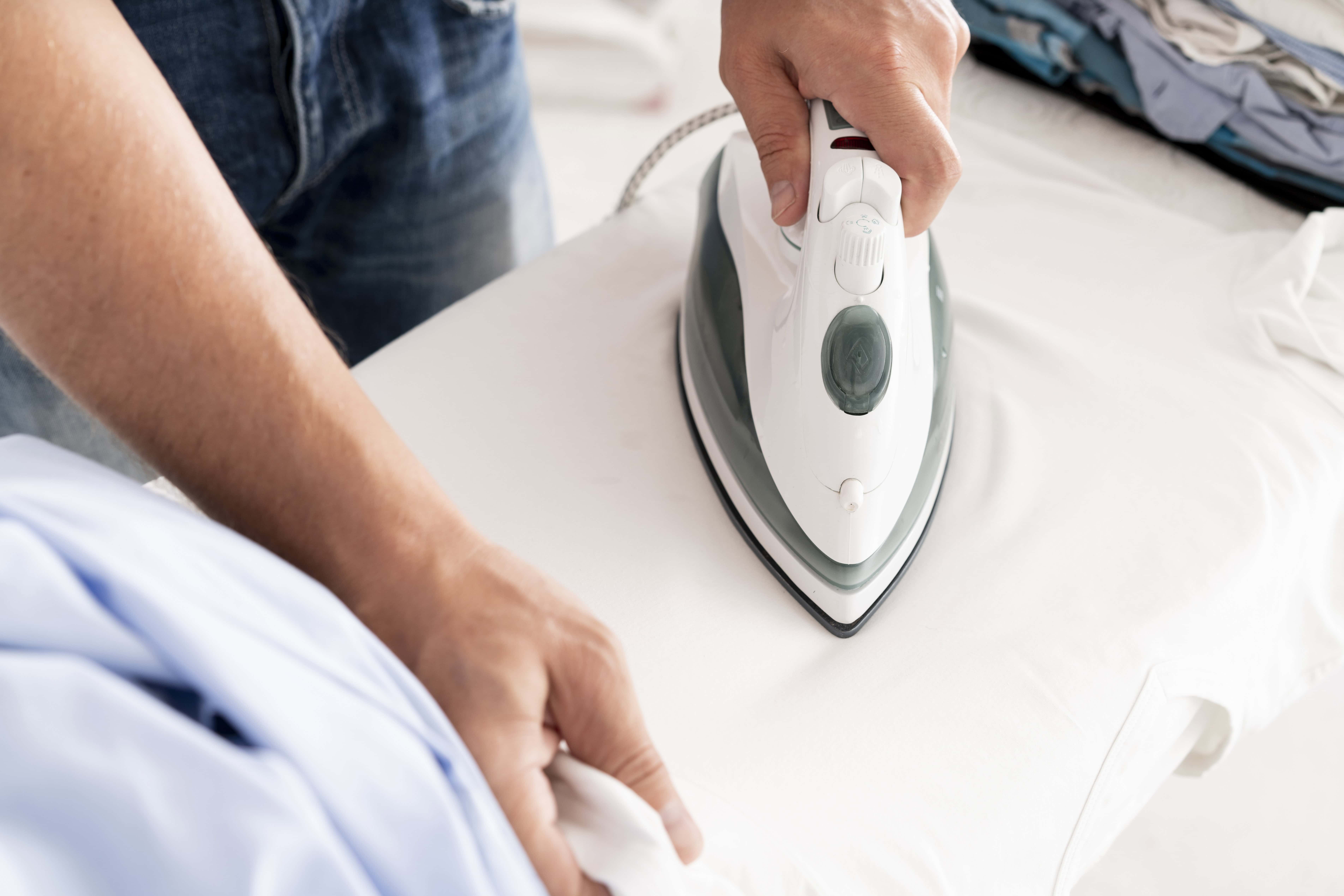
Wrinkle panic sells devices that rattle in transit and trip room breakers. Many hotels already loan steamers, and shower steam plus a quick towel press handles cotton and linen. Fabrics that resist creases—knits, blends, or a touch of stretch—solve the problem before it starts. The heaviest tool in the bag should never be the one fighting a fold that no one notices after breakfast.
Massive First-Aid Kits
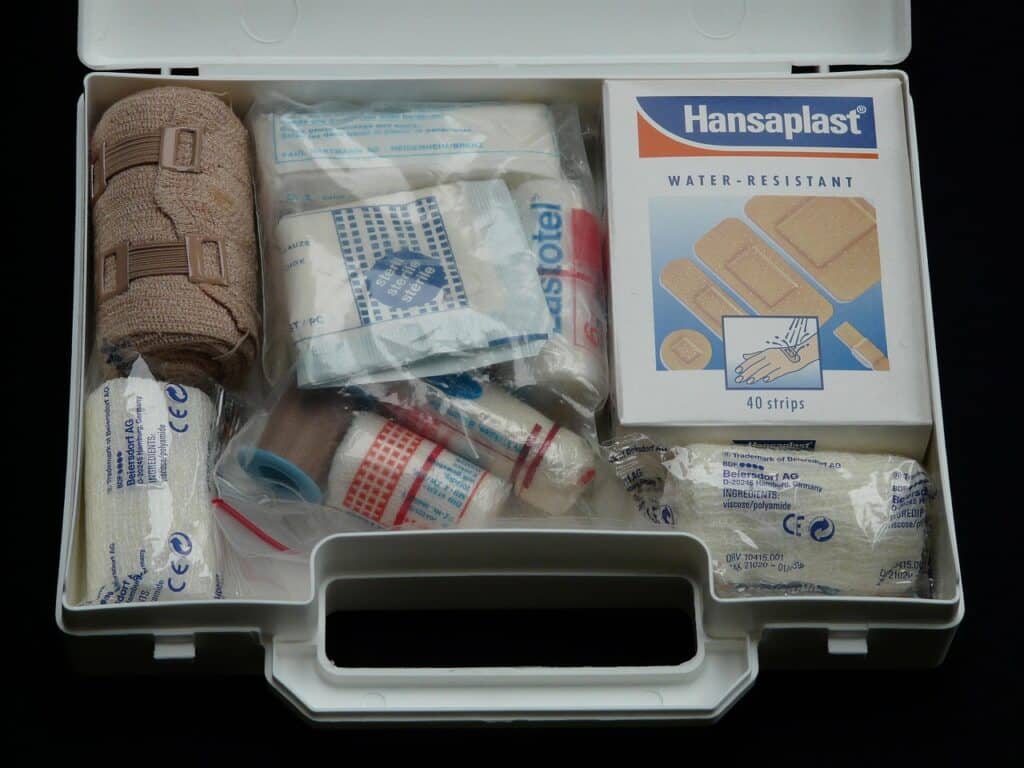
A few bandages, pain reliever, and personal meds cover most mishaps. Prebuilt kits add splints, eye pads, and bulky wraps that never meet daylight outside a wilderness course. Urban trips sit near pharmacies and clinics, and resort desks carry basics. Right-sized health prep looks like information, not inventory: insurance numbers, known allergies, and a shortlist of essentials that pack flat.
Heavy DSLR Kits With Multiple Lenses

Ambition brings extra glass; reality brings tired shoulders and missed moments while swapping lenses. Modern phones handle low light and quick video, and compact cameras cover the urge for optical zoom without a backpack of gear. Unless the plan includes wildlife hides or paid shoots, the big kit spends days in a safe. Good stories arrive faster than a tripod can unfold.
Language Phrasebooks In Print
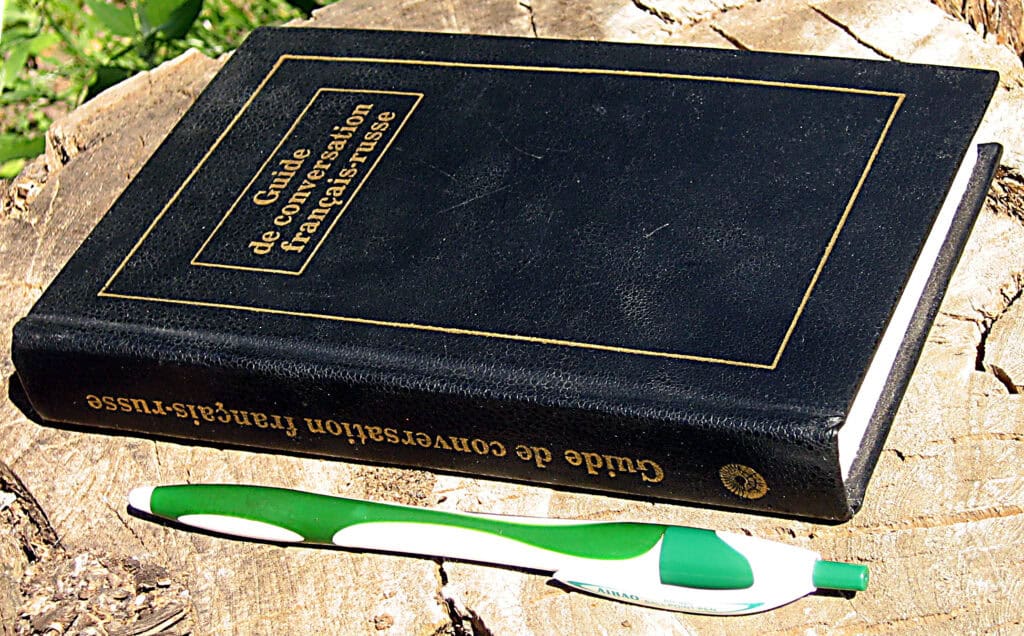
Paper guides feel romantic and go untouched once phones provide offline dictionaries, audio, and quick camera translation. Locals respond better to a short, practiced greeting and open body language than to frantic page-flipping. Screenshots of key phrases cover the rest. A small notebook for names and addresses stays useful; a stiff spine labeled “Basic Phrases” usually rides home unread.
Security Doorstop Alarms
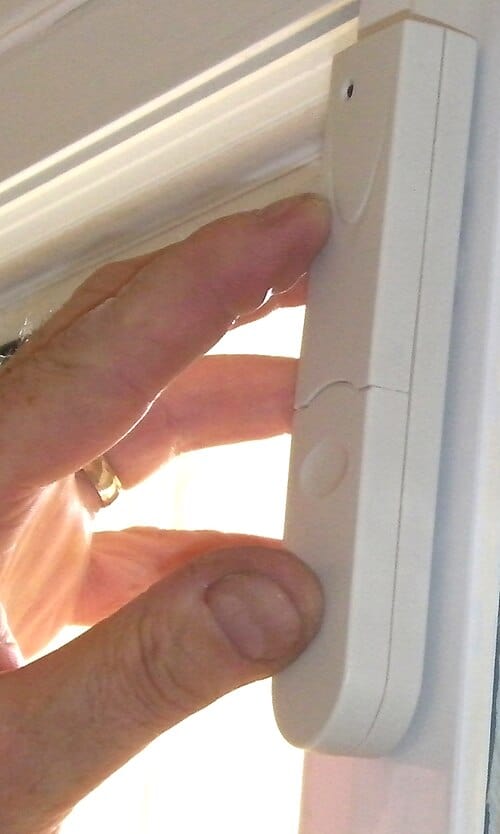
Shrill wedges promise safety and rarely see action. Heavy hotel doors already lock with deadbolts and latches, and reputable rentals provide solid hardware. The wedge fails on carpet or tile gaps, then beeps at 3 a.m. when batteries wobble. Real security looks like choosing well-reviewed places, using documented check-ins, and keeping valuables out of sight rather than trusting a plastic siren.
Travel Laundry Gadgets
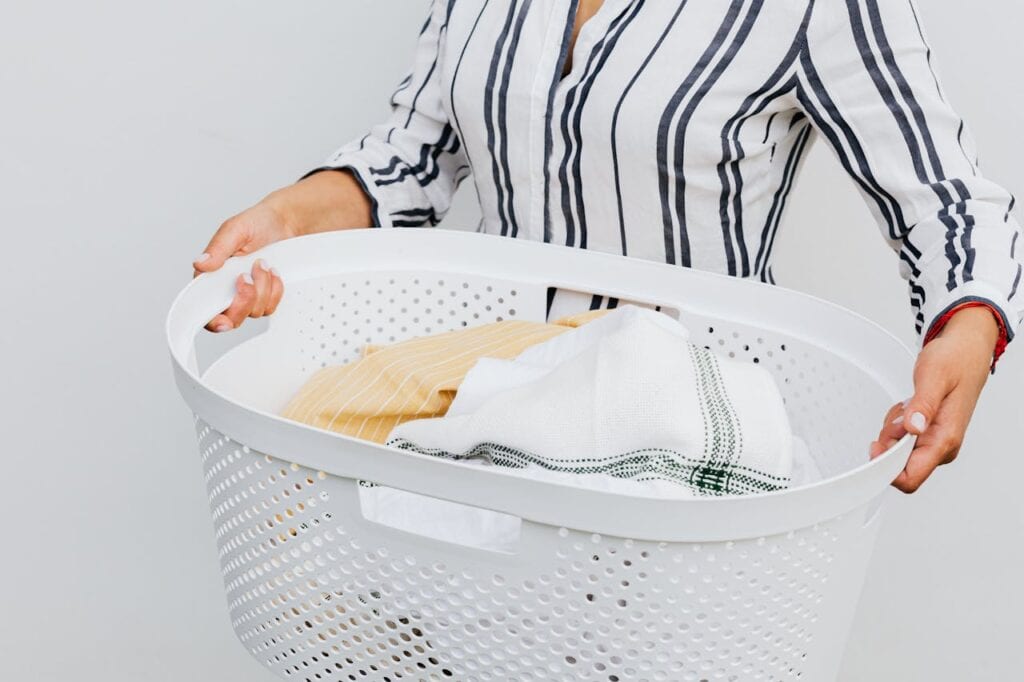
Sink stoppers, washboards, and bottle lines suggest a tidy routine that collapses after a long day. A two-ounce detergent sheet and a quick rinse handle underwear and tees; everything else waits for a laundromat or hotel service. Bathrooms rarely love drip-dry marathons anyway. A spare pair of essentials outperforms gadgets that turn the room into a humid maze of straps and clips.
Overbuilt Rain Ponchos
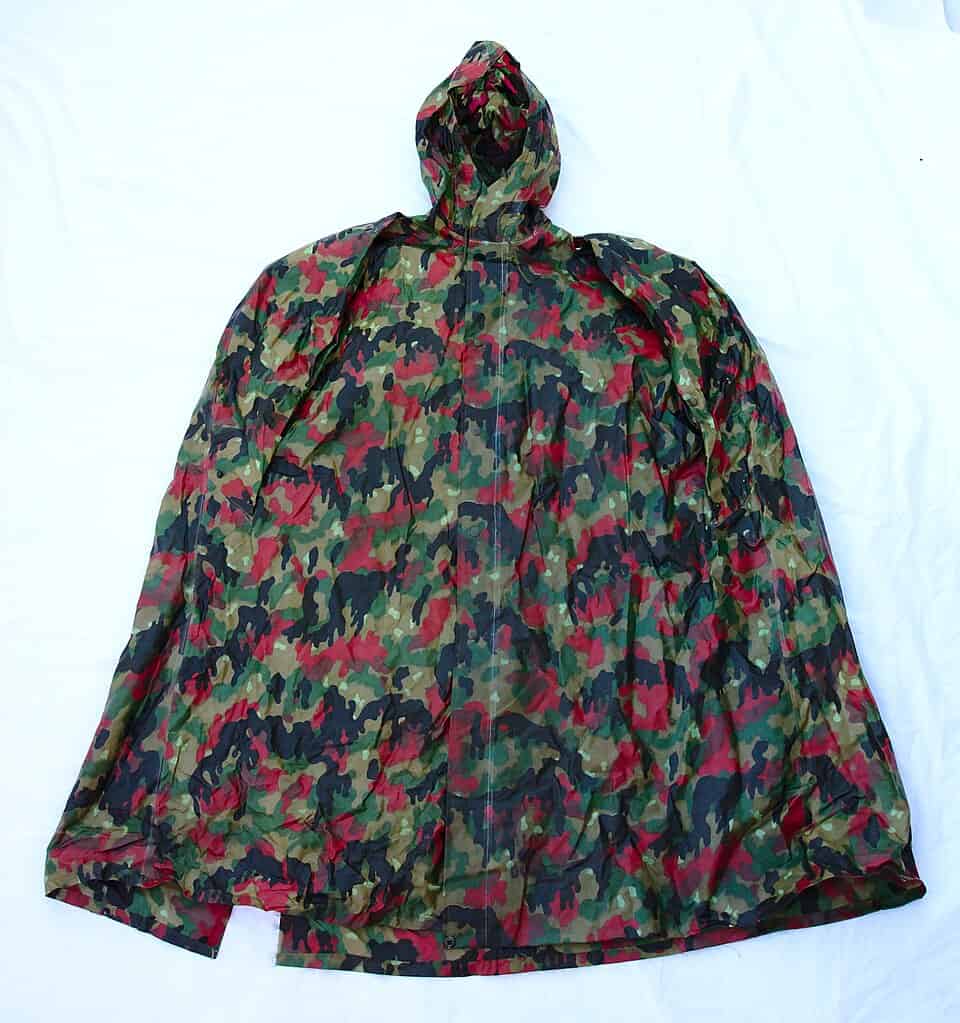
Plastic ponchos billow, trap heat, and tear at turnstiles. Most cities prefer compact umbrellas or a thin shell that earns daily use against wind and drizzle. Climate often keeps rain brief, and forecasts narrow timing enough to plan coffee instead of immersion. The poncho spends 90% of the trip crinkled at the bottom of a daypack, then retires to a closet with the same fate.
Voltage Converters (Not Adapters)
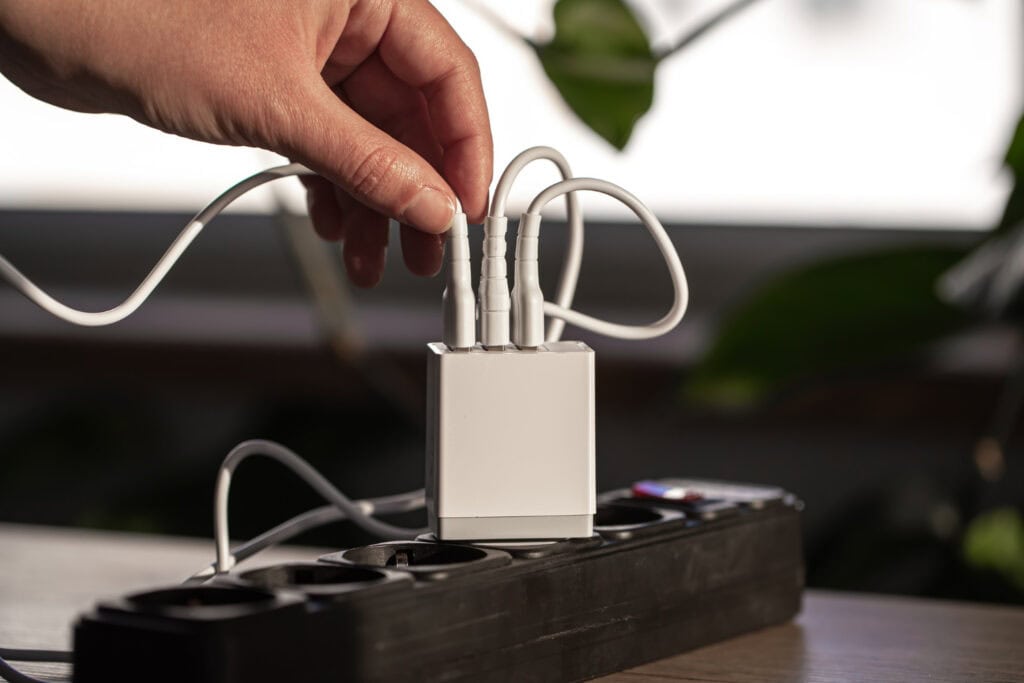
A pocket adapter solves outlet shapes; heavy converters try to change electricity and usually aren’t needed. Nearly all phone, tablet, and laptop chargers accept 100–240V, and hotel hairdryers already match local current. Converters hum, overheat, and fail at the worst moment. The smarter carry is a quality multi-port USB charger and a slim adapter plug, which together weigh less than the promise of transformation.
Travel Blankets

Airlines stock blankets, and layers cover most cabins better than a specialty throw that hogs space between flights. On the ground, a scarf or light jacket works at museums, trains, and patios with a breeze. The travel blanket looks appealing at the gate and cumbersome at the curb. If warmth is likely thin, a packable down layer earns daily use far beyond the aisle.
Extra Shoes For Every Scenario
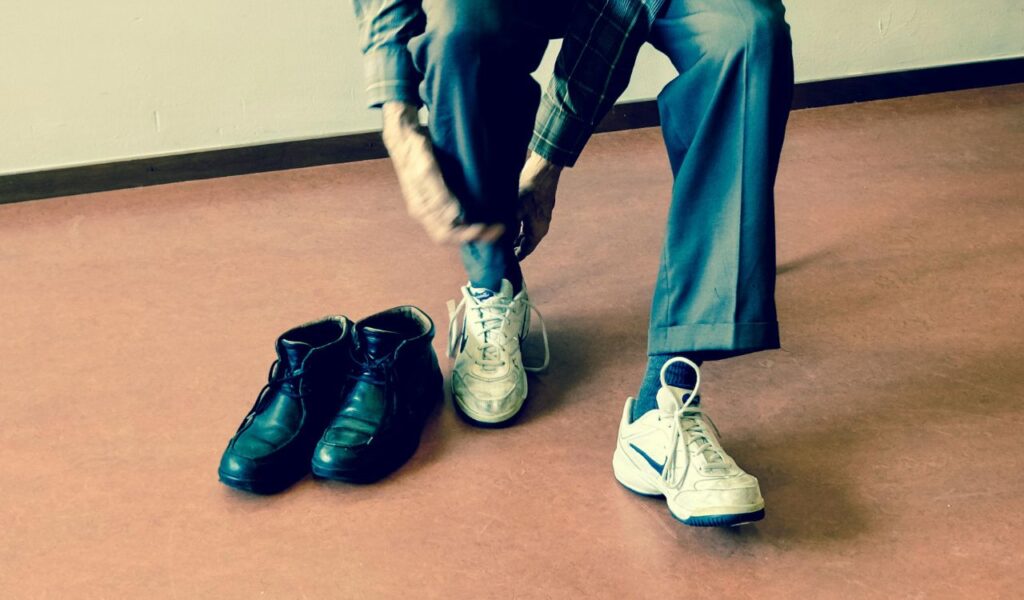
Dress shoes, hiking boots, water shoes, and backups stack weight faster than plans justify. One versatile pair for walking and one for dress covers 90% of itineraries, with sandals filling warm-weather gaps. Hotel gyms forgive trainers that already did city miles. Suitcases thank travelers who trust outfits to bend around footwear rather than the other way around.
“Just In Case” Snacks For A Week
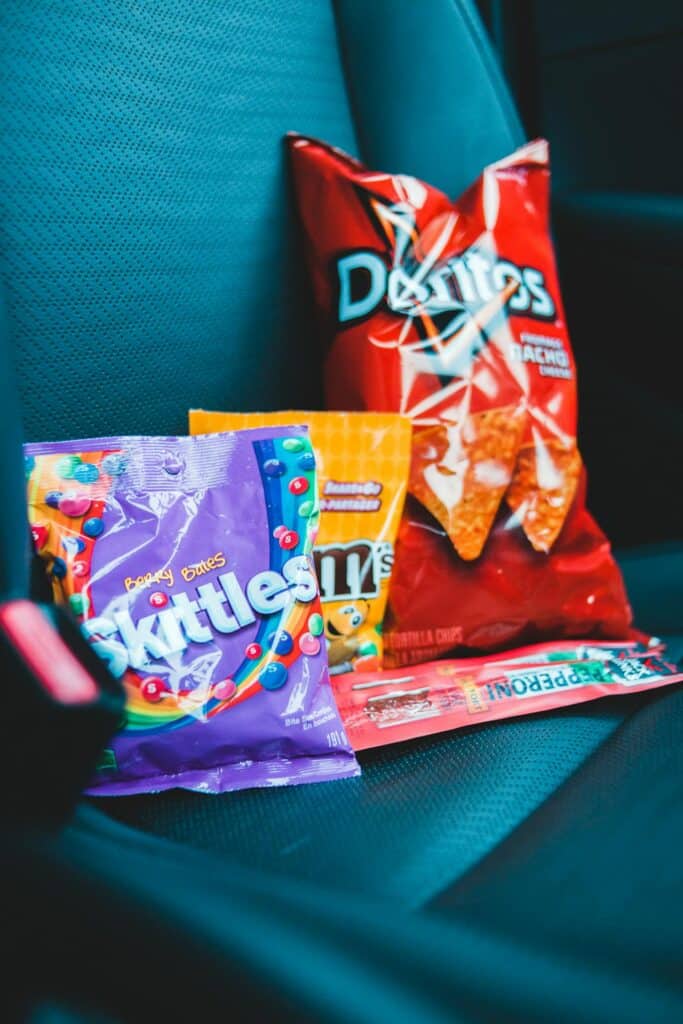
Protein bars and trail mix feel prudent until customs bins overflow and crumbs invade pockets. Cities sell food on nearly every corner, and travel days usually include a café stop that doubles as a break. A small emergency stash helps on long bus legs; a pantry belongs at home. Fresh bread, fruit, and local treats taste better and skip the suitcase diaspora of almonds.